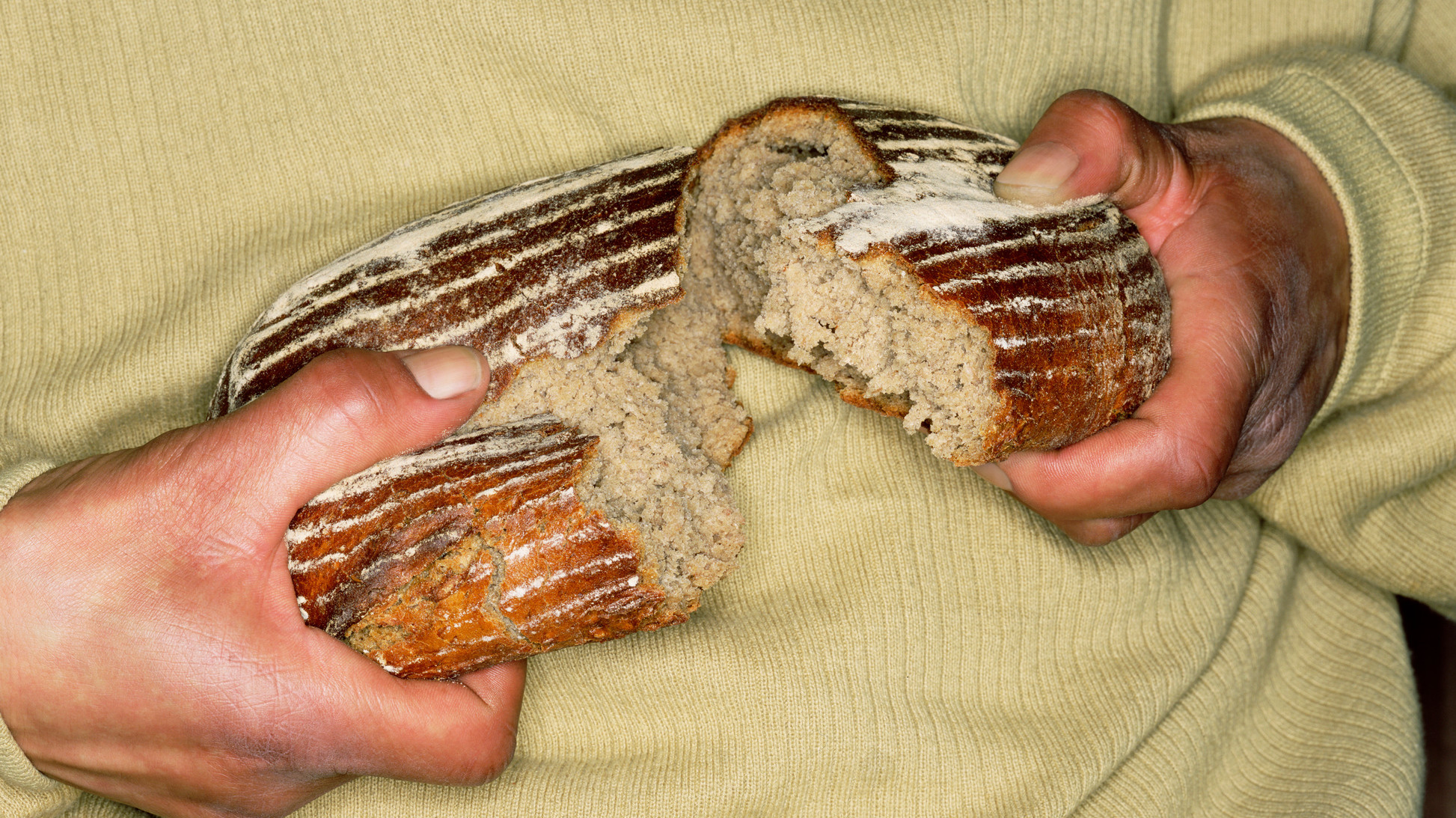The Grain Attraction: Baking Bread Can Be As Easy (Or As Difficult) As You Make It
Bread: it's not as impressive as Instagram makes you think! Truly, there's no reason to feel inferior to all your mutuals who are baking their way through quarantine. That's what I got out of this Guardian piece, anyway, which lists ten breads even easier to bake than sourdough. Many of them don't even require yeast, and one doesn't even require an oven. Make these your go-tos:
Flatbreads: Flour and water. That's it. Different kinds of flatbreads have different additives—oil, yogurt, coconut, whatever—but really, all your need is flour, water, and a griddle or frying pan.
Soda bread: Just because St. Paddy's day has passed doesn't mean it ain't soda bread season anymore. Let this classic Irish treat summon you to bread heaven.
Steamed bread: Oven on the fritz? No sweat—you can always make steamed bread. Just boil a few inches of water in a large pot, then place your bread in a bowl in the water. This video for South African steamed bread is extremely soothing and watching it just might become part of my bedtime ritual.
Focaccia: Hard to mess up! Absolutely drenched in olive oil! Amenable to whatever savory toppings you want to add! Fry-able leftovers! A winner if we've ever encountered one.
Those are our favorites, but check out the full piece for more easy breads. Why bother agonizing over sourdough when you can make even better-tasting loaves that are actually in your wheelhouse? But even if you don't want to make bread at all (totally understandable), just remember: your Instagram feed is not better than you. Fuck the hype. Bread is for everyone.
